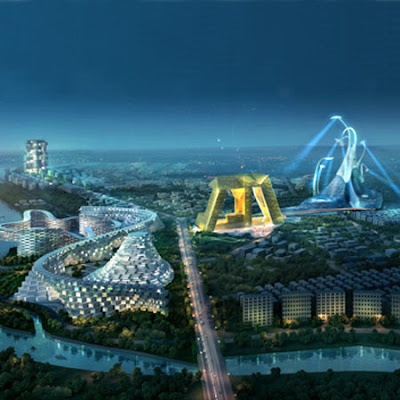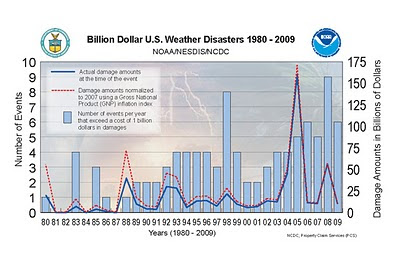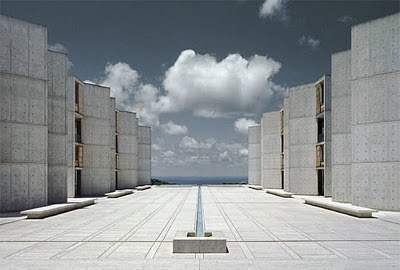 The UK Pavilion at the Shanghai Expo is one of the most stunning structures produced in years. It's an innovative translation of the Crystal Palace at the first World Expo, held in Hyde Park, London, in 1851. That structure created a memorable design heritage all over Europe.
The UK Pavilion at the Shanghai Expo is one of the most stunning structures produced in years. It's an innovative translation of the Crystal Palace at the first World Expo, held in Hyde Park, London, in 1851. That structure created a memorable design heritage all over Europe.This new structure is a fibrous construct of light, using acrylic fibers that move like waving grass, and have seeds embedded in each fiber that were collected in a bio-diversity project. This allows scientists to clone any of the plants within the seed bank. A short film of the structure in motion and light is here. It's a startling and beautiful concept.
This Expo in China is ostensibly all about new concepts of environmental sensitivity and a display of green concepts and materials. Unfortunately the UK Pavilion is created out of material that is completely manufactured from non-renewable fossil fuels and that degrades over time in exposure to UV radiation, unlike metals and glass of the old Crystal Palace. The source of this fossil fuel is, of course, oil which is extracted by one of its sponsors, British Petroleum, famously dealing with one of the most massive spills ever seen in an ecologically sensitive area that also provides seafood and marshland barriers for hurricanes. The promo for BP is a call for far more extensive deep-water drilling.
It would appear that this "clean sustainable and local" energy solution is not as presented in this PR, and that it's painfully obvious that we must shift away from this toxic method of obtaining energy that dumps carbon loads into the environment. The Expo would unfortunately seem to be more about China's green washing than a real demonstration of sustainable approaches.


























